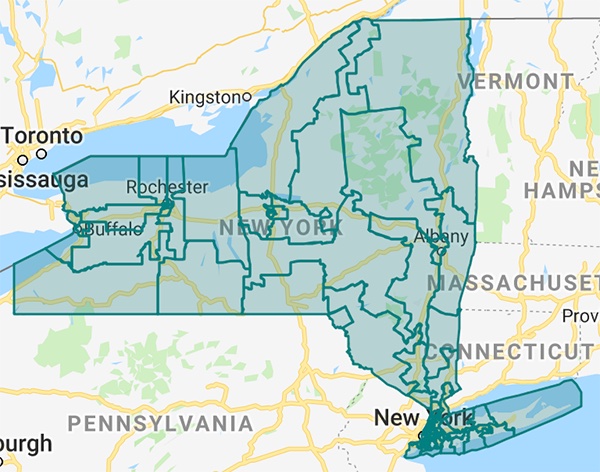
By JULIAN WATSON
Every ten years, New York officials dive into the lengthy process of re-drawing lines that divide the state’s legislative districts.
The lines are drawn by officials from both the Democratic and Republican parties. Once done, the new districts are then presented to the state’s legislature, to be approved or denied.
The state lines are re-drawn after the decennial census. The officials use the new population released by the U.S. Census Bureau. The idea, or ideal, is that the state utilizes the new demographic data to fairly define communities, so that their needs can be identified and addressed.
Typically, in this process, there are numerous meetings, not only for officials to pontificate, but for the public to express what communities need. Using gathered information, the state sends drafts of reworked local maps to the governor’s desk for approval.
Officials involved in the redistricting process are supposed to try to make sure:
-Racial or minority language groups do not have less opportunity to participate in the political process than other members of the electorate and to elect representatives of their choice.
-Each district shall be as compact in form as practicable.
According to federal law, each district must have nearly equivalent population, as well as common political, and economic interests.
The current process was paused due to the devastating impact of COVID-19. A public meeting was set to occur in New York City on September 2, 2021 at 2:30pm. However, because of the extensive damage due to Tropical Storm Ida, the conference was postponed until Thursday September 9, 4:00pm.

Leave a Reply
You must be logged in to post a comment.